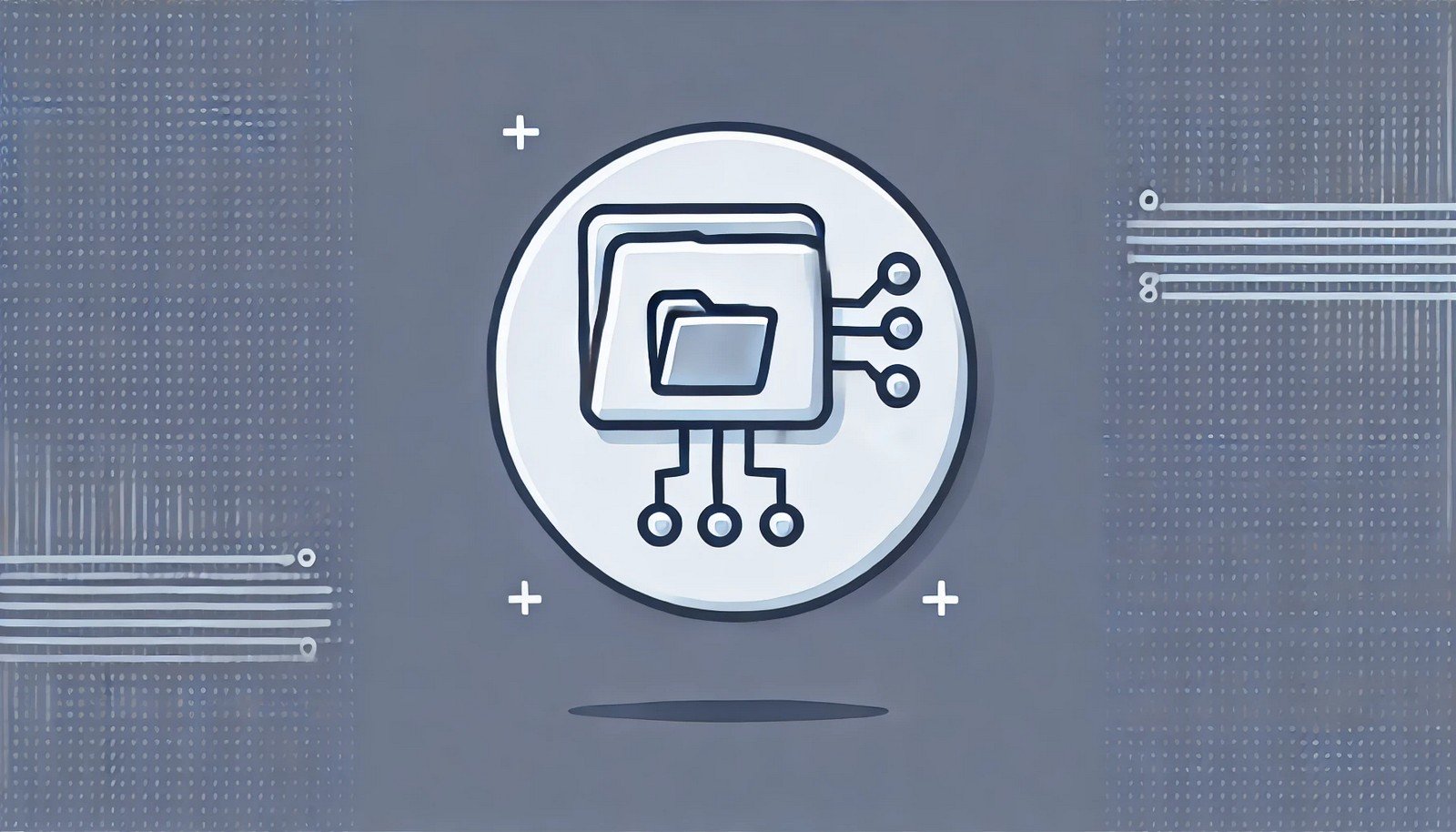Memory Mapped Files
 (Representational Image | Source: Dall-E)
(Representational Image | Source: Dall-E)
Quick Navigation:
- Memory Mapped Files Definition
- Memory Mapped Files Explained Easy
- Memory Mapped Files Origin
- Memory Mapped Files Etymology
- Memory Mapped Files Usage Trends
- Memory Mapped Files Usage
- Memory Mapped Files Examples in Context
- Memory Mapped Files FAQ
- Memory Mapped Files Related Words
Memory Mapped Files Definition
Memory-mapped files allow applications to access files in the same way they access memory, providing fast read and write operations. By mapping a portion of a file directly into the virtual address space, processes can manipulate large files without needing to load the entire content into memory. This technique is commonly used in high-performance applications like database systems and multimedia processing.
Memory Mapped Files Explained Easy
Imagine your computer’s memory as a big chalkboard and your files as books. Usually, when you want to read something from a book, you copy it onto the chalkboard. Memory-mapped files skip this step—they magically open the book right on the chalkboard, making it faster to read and write from the book!
Memory Mapped Files Origin
Memory-mapped files originated in early computer systems as an efficient way to manage large data sets. The concept became widely adopted with the advent of virtual memory systems in the 1960s and has since evolved to become a standard feature in modern operating systems.
Memory Mapped Files Etymology
The term "memory-mapped" reflects the process of mapping a file into memory, effectively blending the boundaries between file storage and active memory.
Memory Mapped Files Usage Trends
In recent years, memory-mapped files have seen increased use in big data, real-time analytics, and applications requiring low-latency data access. Modern databases and media servers utilize this technique to handle large files with minimal overhead.
Memory Mapped Files Usage
- Formal/Technical Tagging:
- File I/O
- Virtual Memory
- Data Access Optimization - Typical Collocations:
- "memory-mapped file API"
- "file-backed memory"
- "memory mapping technique"
- "shared memory region"
Memory Mapped Files Examples in Context
- A video editing application uses memory-mapped files to load large video files instantly without delays.
- Database engines rely on memory-mapped files for fast index lookups.
- Operating systems use memory mapping to manage shared memory between processes.
Memory Mapped Files FAQ
- What is a memory-mapped file?
A memory-mapped file is a file mapped to a process's virtual memory for faster read and write access. - How do memory-mapped files work?
They work by mapping a file into the virtual address space, allowing processes to access the file as if it were part of memory. - What are the advantages of using memory-mapped files?
They provide fast access to large files and reduce the need for buffer copying. - What are common use cases for memory-mapped files?
They are used in databases, video streaming, scientific simulations, and shared memory communication. - Can memory-mapped files improve performance?
Yes, they improve performance by minimizing disk I/O and enabling direct memory access. - Are memory-mapped files secure?
Security depends on permissions and access control settings on the file. - What languages support memory-mapped files?
Languages like C, C++, Python, and Java provide APIs for memory-mapped files. - How do shared memory-mapped files work?
They allow multiple processes to share and modify the same data in memory. - What is the difference between file I/O and memory-mapped files?
File I/O reads/writes data in chunks, while memory-mapped files allow direct memory access. - Can memory-mapped files be used in real-time systems?
Yes, they are commonly used in real-time systems for quick data access.
Memory Mapped Files Related Words
- Categories/Topics:
- File I/O
- Virtual Memory
- Operating Systems
- Data Management
Did you know?
Memory-mapped files played a key role in the development of modern operating systems, especially for handling large datasets in early scientific computing.
PicDictionary.com is an online dictionary in pictures. If you have questions or suggestions, please reach out to us on WhatsApp or Twitter.Authors | Arjun Vishnu | @ArjunAndVishnu

I am Vishnu. I like AI, Linux, Single Board Computers, and Cloud Computing. I create the web & video content, and I also write for popular websites.
My younger brother, Arjun handles image & video editing. Together, we run a YouTube Channel that's focused on reviewing gadgets and explaining technology.



Comments powered by CComment